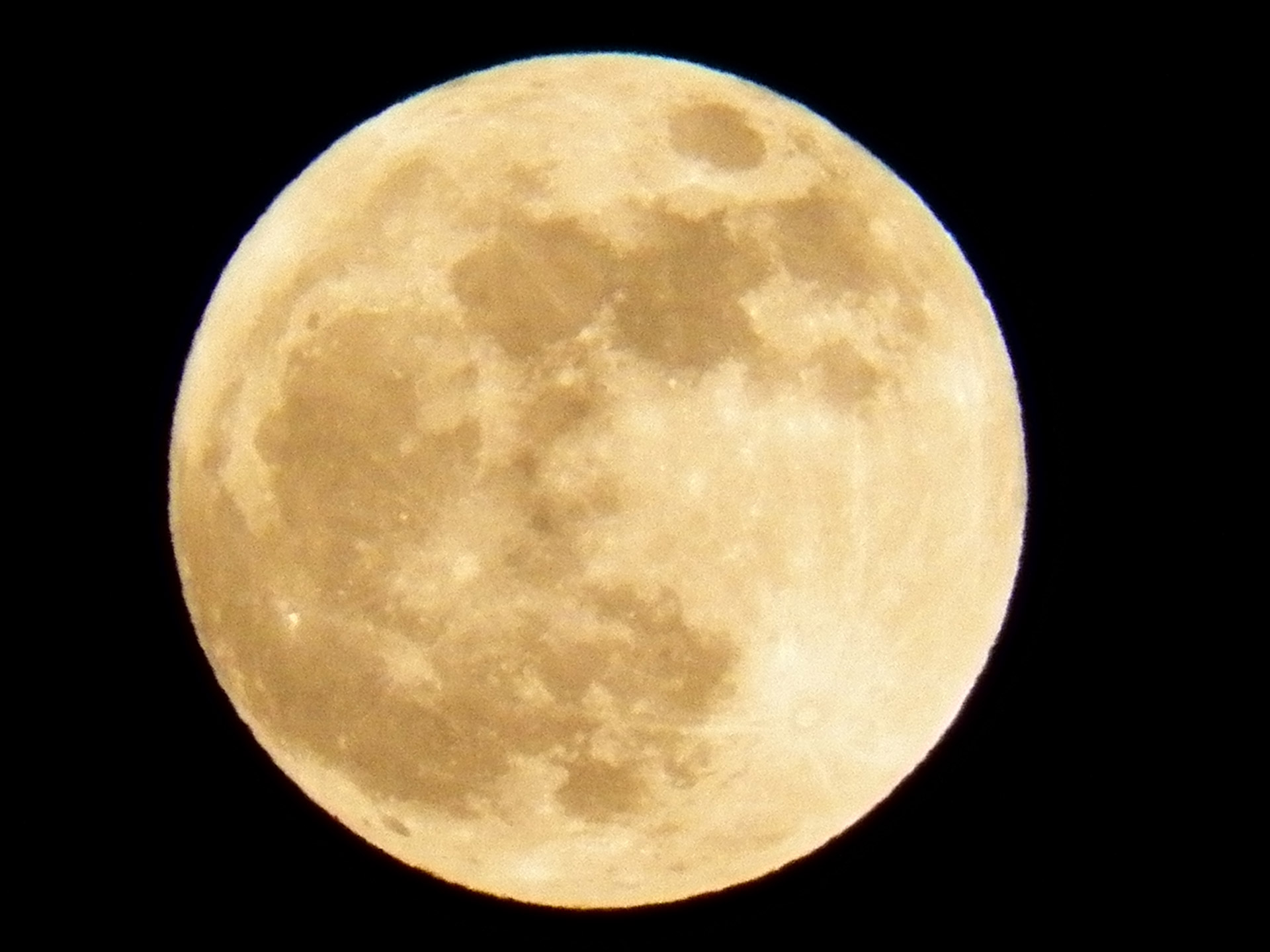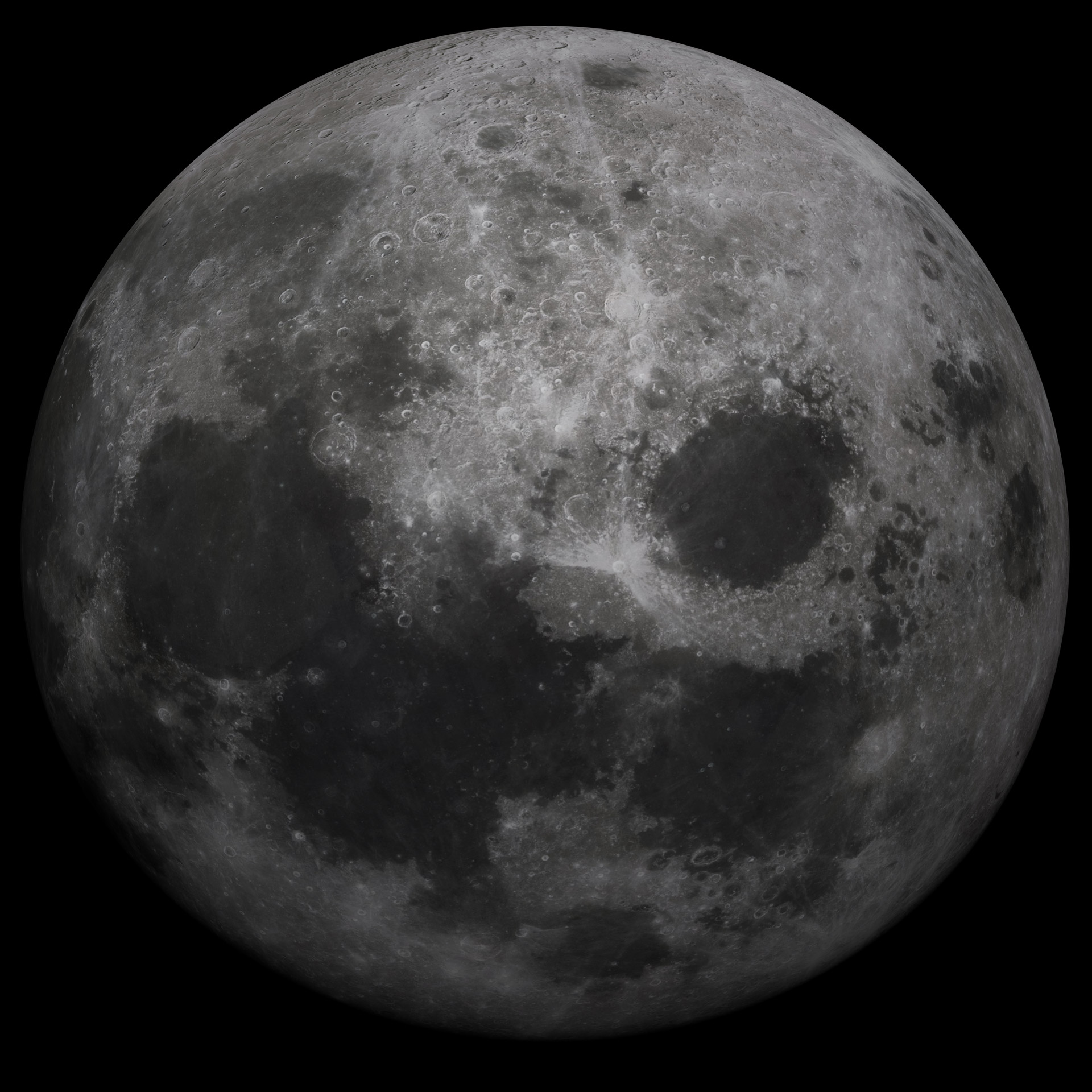It orbits around earth at an average distance of 384 399 km (238 854 mi; The moon ’s diameter is approximately 2,160 miles (3,475. · earth has just one moon – a rocky, cratered place, roughly a quarter the size of earth and an average of 238,855 miles away. Earths only natural satellite is simply called the moon because people didnt know other moons existed until galileo galilei discovered four moons orbiting jupiter in 1610. The moon is earth’s only permanent natural satellite, and it’s the fifth-largest satellite in our solar system. 在to the moon《everything’s alright》下的评论。 七月八号我完成了这个游戏的一周目,打算写一篇简评,却写不出一个字来,满是无言的心塞,你大概无 … Earths moon is the only place beyond earth where humans have set foot, so far. The moon completes an orbit of the earth every 27. 3 days (approximately 655 hours). The moon is earth s only natural satellite. Explore nasa lunar science here. · we see the full moon when the sun is directly behind us, illuminating a full hemisphere of the moon when it is directly in front of us. The moon also rotates on its axis. · the moon makes earth more livable, sets the rhythm of ocean tides, and keeps a record of our solar systems history. The moon can be seen with the naked eye most nights as it traces its 27-day orbit around our planet. About 30 times earths diameter). · how big is the moon ? · 未来世界,随着科技的飞速进步,地球的污染也越来越严重。为了遏制这种现状,一家名为月能工业有限公司的企业应运而生。该公司致力于月球能 … · learn how earths moon formed, how its orbit affects earths tides, why solar and lunar eclipses happen and the history of lunar exploration. Nasas interactive map for observing the moon each day of the year. Because of tidal forces, it completes one revolution every 655 hours. Its orbital period (lunar month) and its rotation period (lunar day) are synchronized at 29. 5 days by earths gravity pulling on the moon. · it orbits the earth at an average distance of approximately 240,000 miles (384,000 km).
Moon Phase Today: July 24, 2025 – What'S The Buzz About This Celestial Event?
It orbits around earth at an average distance of 384 399 km (238 854 mi; The moon ’s diameter is approximately 2,160 miles (3,475. ·...



